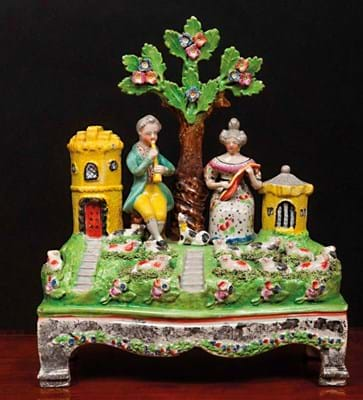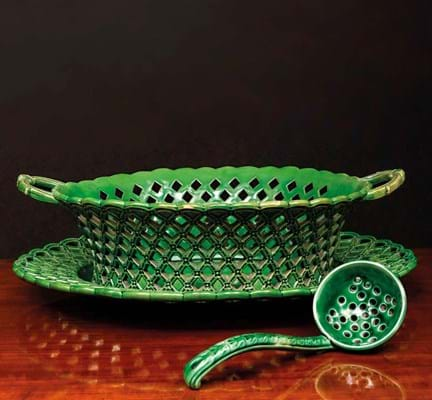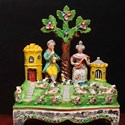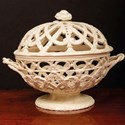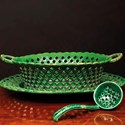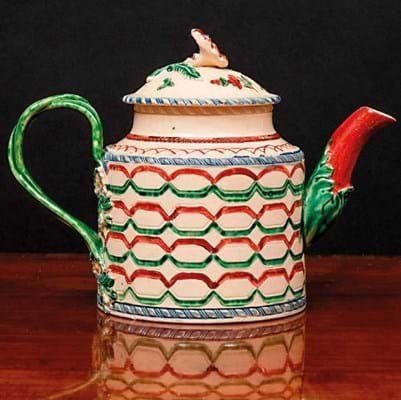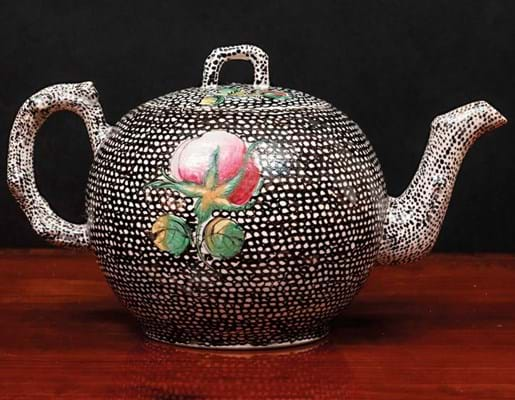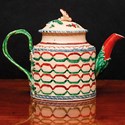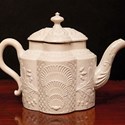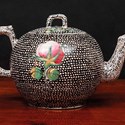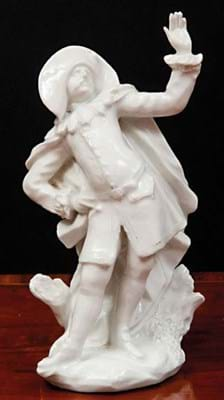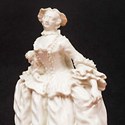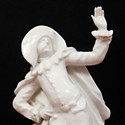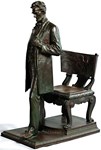Eighteenth century English pottery and porcelain may seem an old-school collecting taste to some (certainly this is a field where prices have generally levelled off from their 20th century highs).
But, pitched realistically, demand remains out there and even stiff competition in some areas, as was demonstrated when Stair (23% buyer’s premium) sold ceramics from the collection of Dr Wynn A Sayman (1926-2015) and Dr Elizabeth F Sayman (1929-2021) in its Hudson, New York, rooms on January 19.
The Saymans had careers in the medical profession as physicians but on their retirement they set up Wynn A Sayman Antiques, specialising in 18th century English ceramics. Pieces kept for their personal collection were arranged at Old Fields, their Federal Farmhouse in Richmond, Massachusetts.
All bar two of the 254 lots found buyers in the auction.
“We had an exciting mix of trade and private bidders, more of a variety than expected – slightly more from the trade in the UK than anywhere else. However, the highest-value lots went to US collectors,” said Lauren Anderson, Stair’s director of exposition sales. She also noted that that while the saleroom was expecting most of the bidding to be conducted over the phone, the internet platforms performed strongly, which contributed to a lively sale.
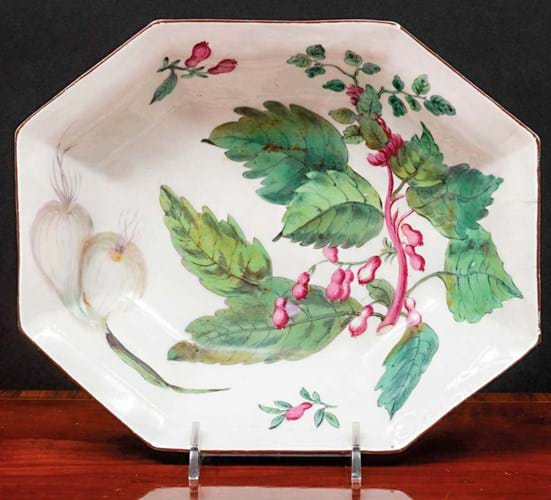
Several of the pieces of Chelsea porcelain in the Sayman collection were examples with ‘Hans Sloane’ botanical decoration. They included this 8½ x 7in (21 x 18cm) octagonal dish with red anchor mark (c.1752- 56) featuring characteristic brown outlining to the rim and naturalistically painted bulbs and flowersprays. With a shallow hairline crack to the base and hairline cracks to the rim, a firing crack to the foot and minor imperfections, it was otherwise in good condition. The $600-800 modest estimate was easily left behind as the bidding reached $3250 (£2390).
While their collection featured examples of classic porcelains of the mid 18th century, notably from the Chelsea and Bow factories, the Saymans appeared to particularly like the earthernware products of the Staffordshire potteries in their many forms and styles.
Saltglaze and creamware teapots and other tablewares produced in the 1760s-70s, either white or decorated with brightly coloured enamels or earthy lead glazes, featured prominently alongside colourful figure groups in the auction.
Teapot topper
The top price of the day was provided by the creamware teapot pictured on the front page of ATG No 2530. It was decorated with a pattern of scrolling leaves on a bold red ground and with a cartouche inscribed Green Tea to one side and a scene of a lady taking tea to the other, and was probably made in Leeds, c.1770s. It sailed to $10,000 (£7350) against an $800-1200 guide.
Pictured here is a selection from the other best-sellers in the auction, showing a range of the different pottery styles from Staffordshire and elsewhere in the UK that featured in the collection plus some of the top-selling Bow and Chelsea porcelains.
Bow duo
The very sculptural white glazed figures produced by the Bow factory in the 1750s have always had a strong following among collectors. Among the best known are the models of contemporary actors based on popular prints of the period.
The Sayman collection featured an example of the actress Kitty Clive dressed as Mrs Riot from David Garrick’s farce Lethe. The 10in (25cm) high figure was in good condition with minor wear and a few chips to the extremities plus restoration to the bonnet and had a label for the specialist London ceramics dealership Klaber & Klaber. It sold for $4000 (£2940).
Another white figure in the collection was a Bow version of the Italian commedia dell’arte character Doctor Bolardo. The 6½in (16cm) figure, which has restoration to the hand and hat, a minor hairline crack to the top of the base and a firing crack to the underside, realised $3500 (£2575).
£1 = $1.36


